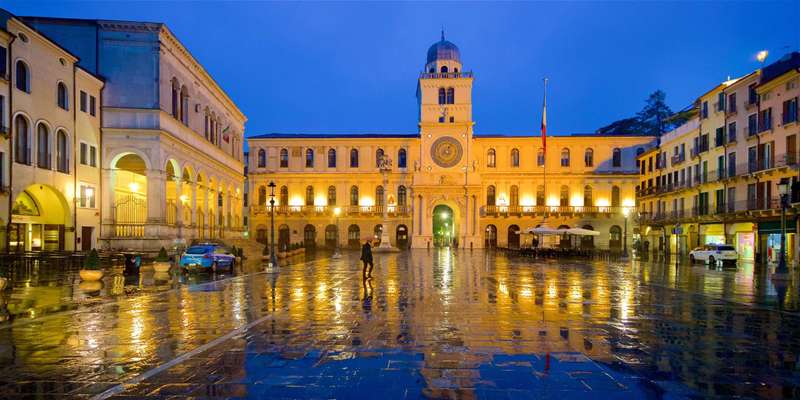- Home
- Useful Tips
- Padua's most impressive...
Padua's Renaissance courtyards are among Italy's best-kept secrets, yet most visitors miss them entirely or arrive at peak times when crowds obscure their beauty. Over 60% of day-trippers to Padua focus solely on the Scrovegni Chapel, unaware that just steps away lie breathtaking courtyards showcasing 15th-century artistry. The frustration of arriving to find locked gates or tour groups blocking your view can turn what should be a magical experience into a stressful scramble. These hidden gems tell the story of Padua's golden age, where scholars and artists gathered under frescoed loggias – if you know where and when to look. With opening hours varying by season and some courtyards requiring advance permission, discovering these spaces without local knowledge often means settling for glimpses through iron gates.


Decoding courtyard access – when locals visit for peaceful exploration
The rhythm of Padua's courtyards follows an unspoken schedule known mainly to residents. While guidebooks list standard opening hours, few mention that the University of Padua's 16th-century Bo Palace courtyards are accessible without crowds during lecture changes between 10:30-11:15 AM. Similarly, the breathtaking Palazzo Zuckermann opens its double loggia to the public only on Wednesday mornings when the applied arts museum holds free guided visits. For the Medicinal Herb Garden's Renaissance cloisters, arriving right at the 2:30 PM summer opening means having the sculpted columns and ancient botanicals to yourself before school groups arrive. Savvy travelers coordinate their visits with these natural lulls, blending in with university students and local researchers who use the spaces as tranquil shortcuts through the historic center.
Beyond the guidebooks – three lesser-known courtyards with stunning details
While everyone queues for Palazzo della Ragione, Padua's true courtyard connoisseurs seek out quieter alternatives. The Palazzo Angeli courtyard near Piazza delle Erbe hides a remarkable spiral staircase seemingly floating without support – a Renaissance engineering marvel rarely mentioned in travel guides. Nearby, the Casa di Galileo's courtyard (free to enter) preserves astronomical carvings made by the scientist's Paduan students. For those willing to venture slightly off-path, the Olivetan Monastery's double-tiered courtyard offers perfectly preserved fresco cycles depicting local legends, with benches where you can sketch undisturbed. These spaces require no tickets or reservations, just knowledge of their locations and the confidence to push open unmarked but unlocked heavy wooden doors during daylight hours.
Photographing courtyards like a pro – lighting secrets and angles
The play of light through Padua's courtyards transforms throughout the day, creating fleeting moments when centuries-old sculptures and frescoes reveal their full brilliance. Local photographers know the Loggia Cornaro's geometric shadows form perfect patterns only between 9-10 AM in summer, while the Palazzo del Capitanio's gold-leaf details glow intensely during late afternoon. For crowd-free shots of the University's anatomical theater courtyard, rainy weekdays provide dramatic skies without the usual tourist presence. Many courtyards permit tripods before 11 AM if you register at the entrance, though steady handheld techniques work perfectly for capturing the interplay of arches and sunlight. Remember that some courtyards like those in private palazzos may require verbal permission from caretakers – a smile and polite request in Italian often grants access to spaces most visitors never see.
Staying nearby – courtyard-view accommodations with historic charm
Several carefully restored residences allow you to wake up within Padua's Renaissance courtyard tradition. The small family-run hotel inside Palazzo Zabarella offers rooms overlooking its arcaded courtyard where morning light filters through original 14th-century stonework. For budget-conscious travelers, the university district's affittacamere often have windows onto lesser-known scholarly courtyards, with the added benefit of student-priced cafes nearby. Those seeking luxury will find the converted 15th-century monastery near Prato della Valle provides exclusive access to a cloistered herb garden after hours. Booking these requires attention to specific room categories – look for phrases like 'cortile view' or 'loggia access' in descriptions, and confirm directly with properties as online listings sometimes misrepresent courtyard visibility.



